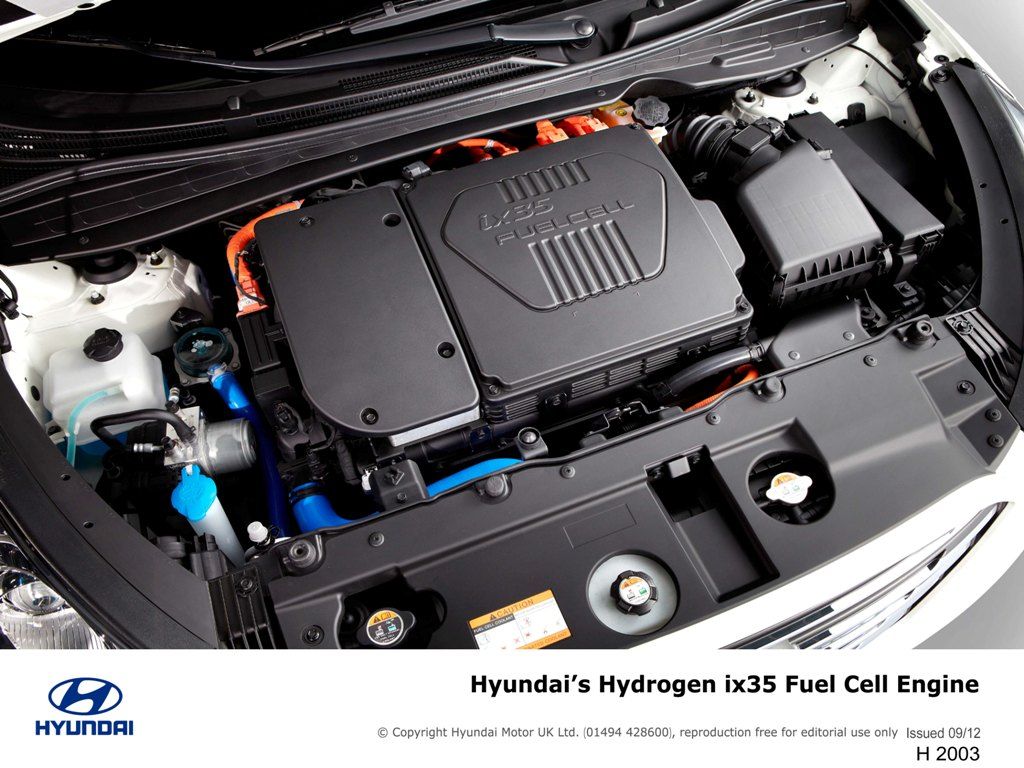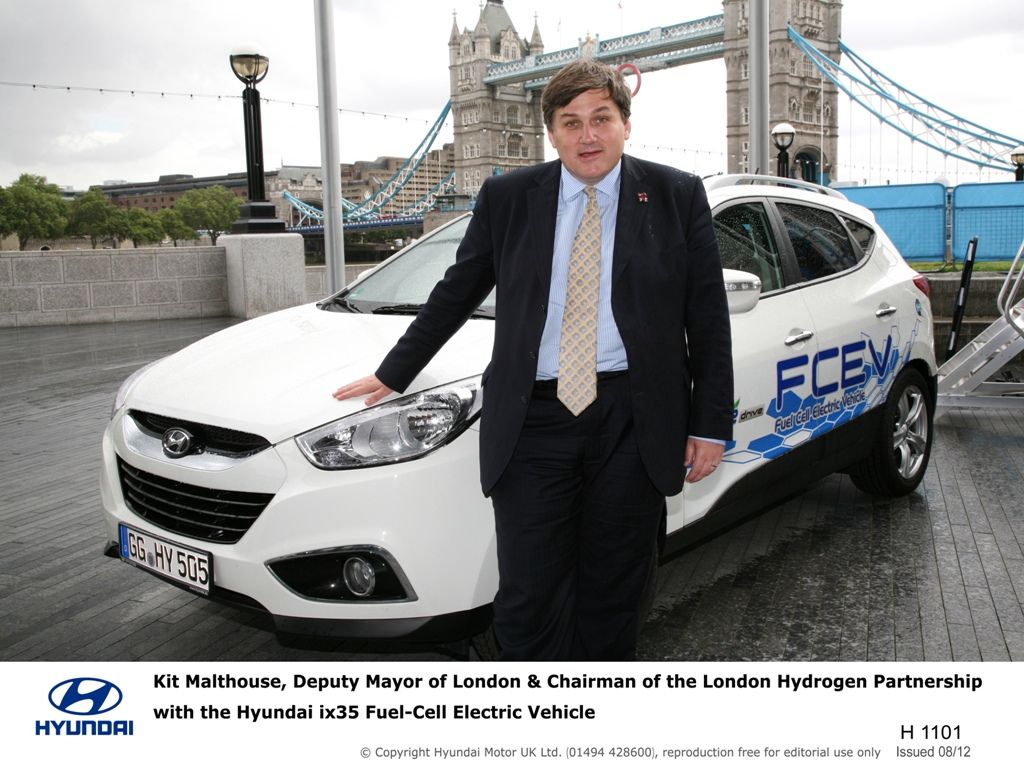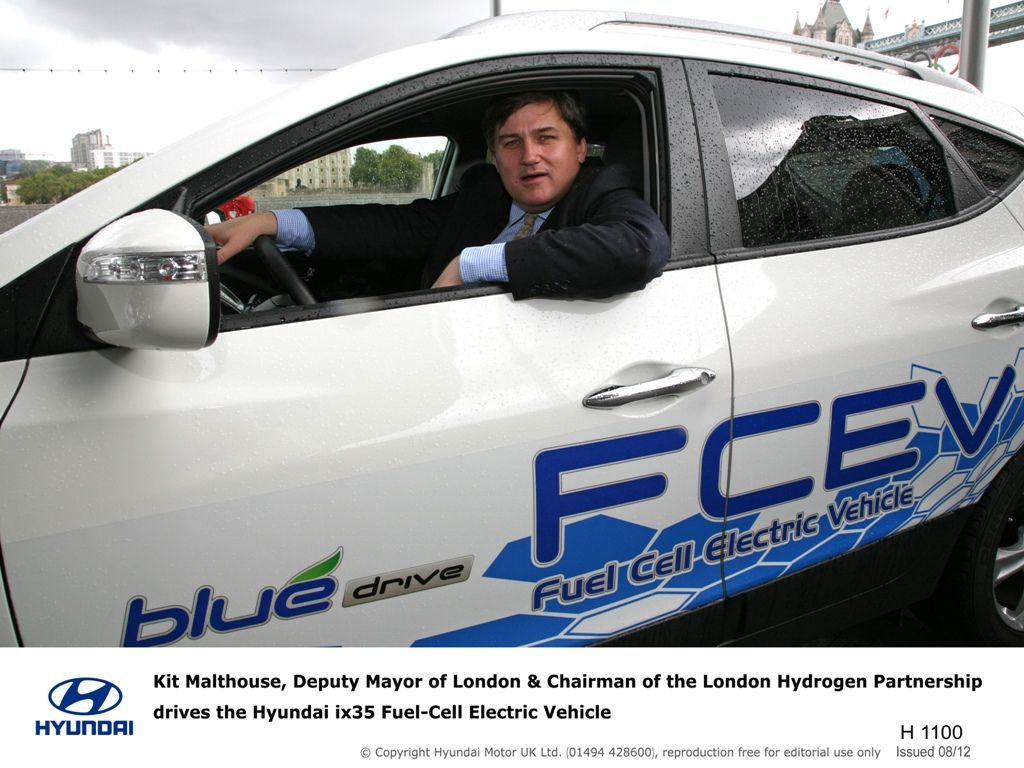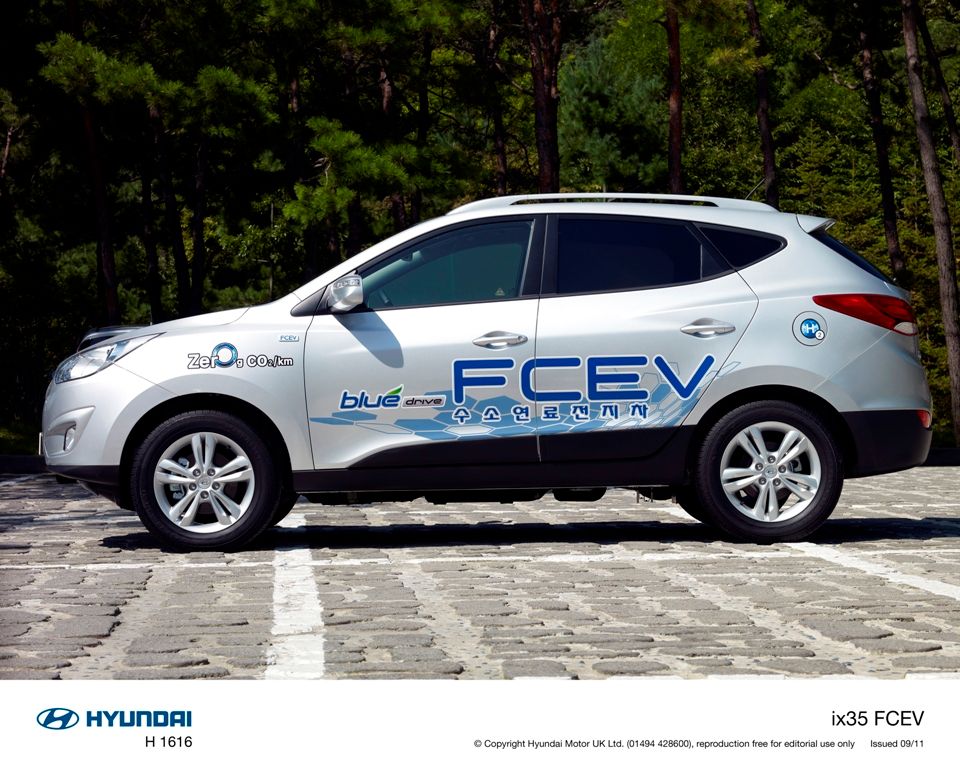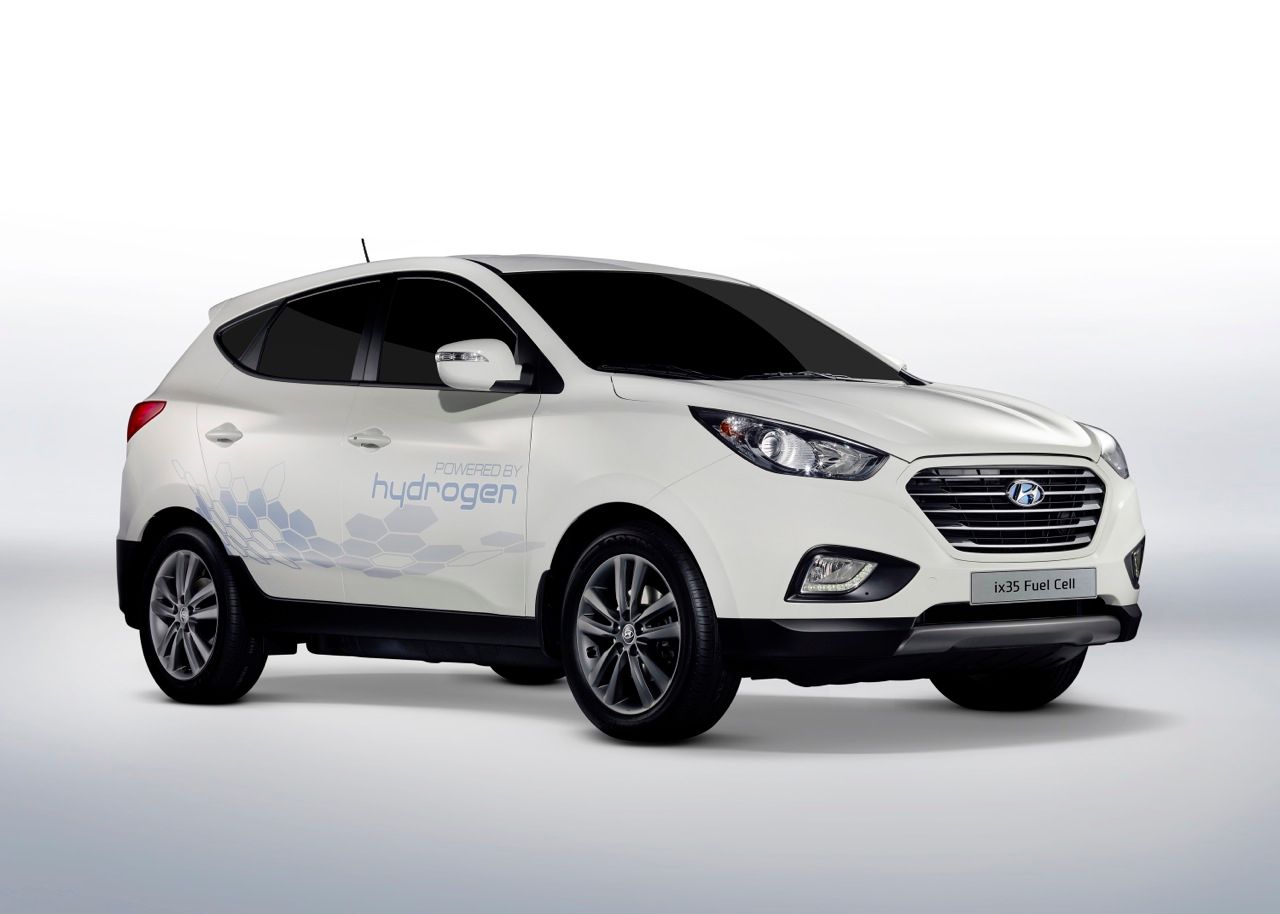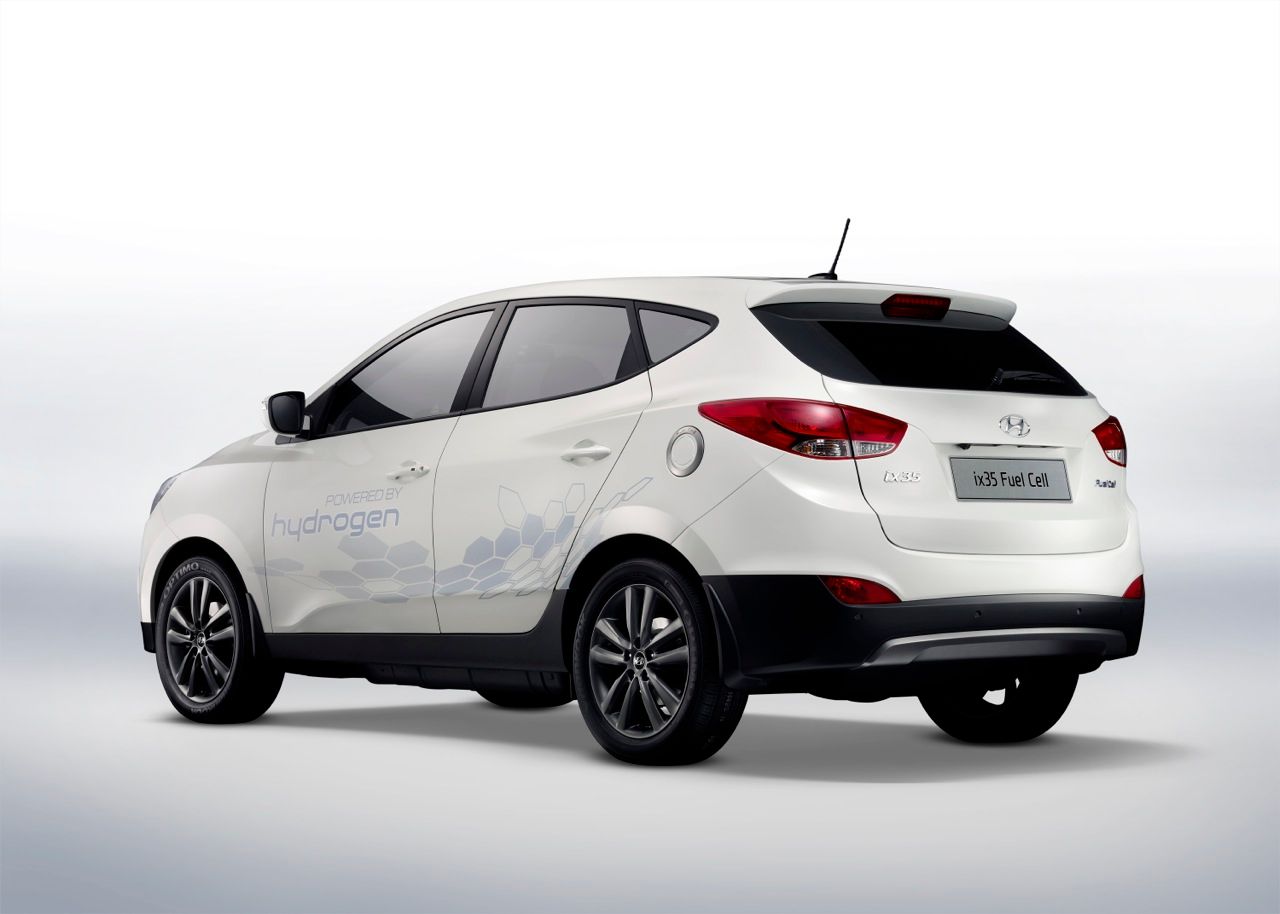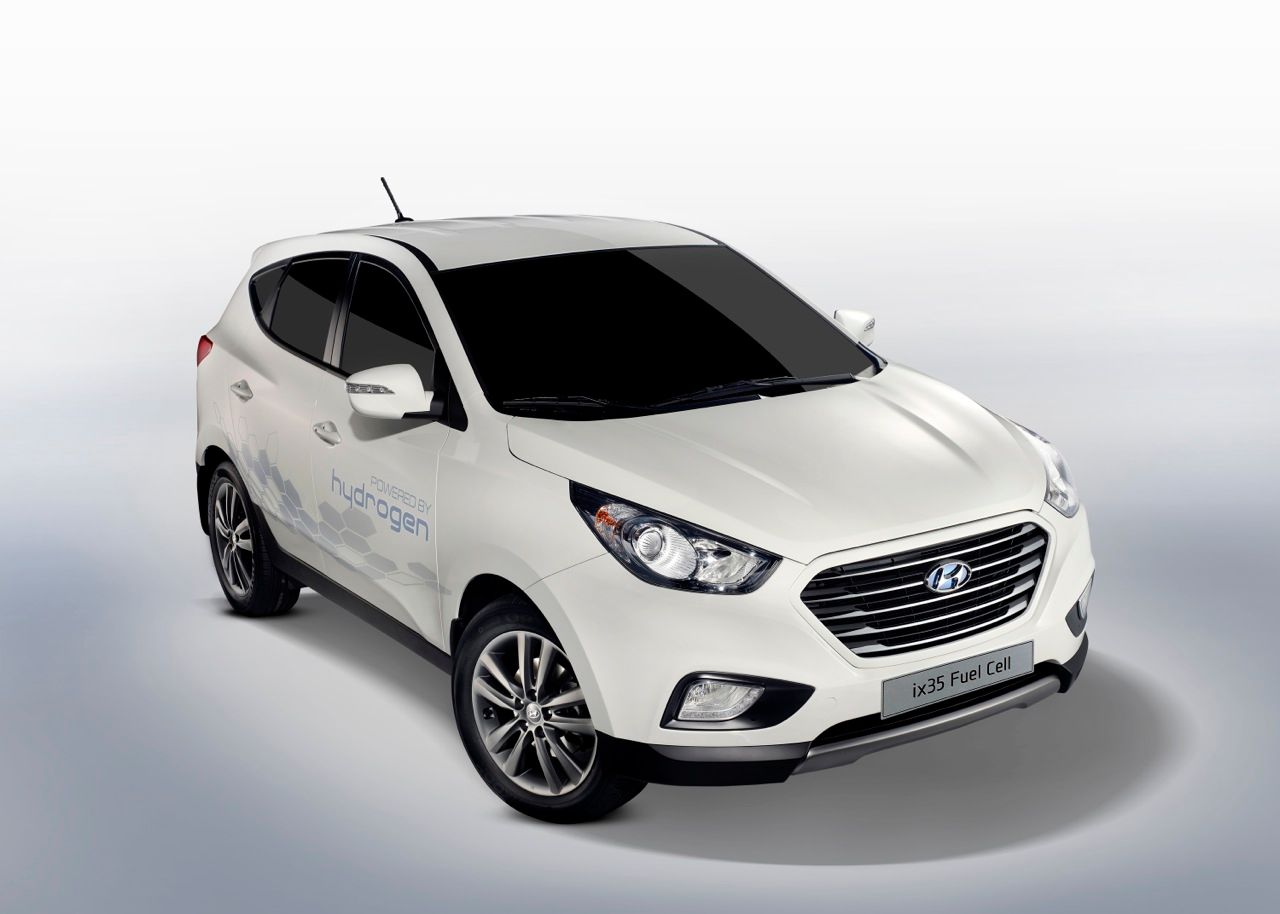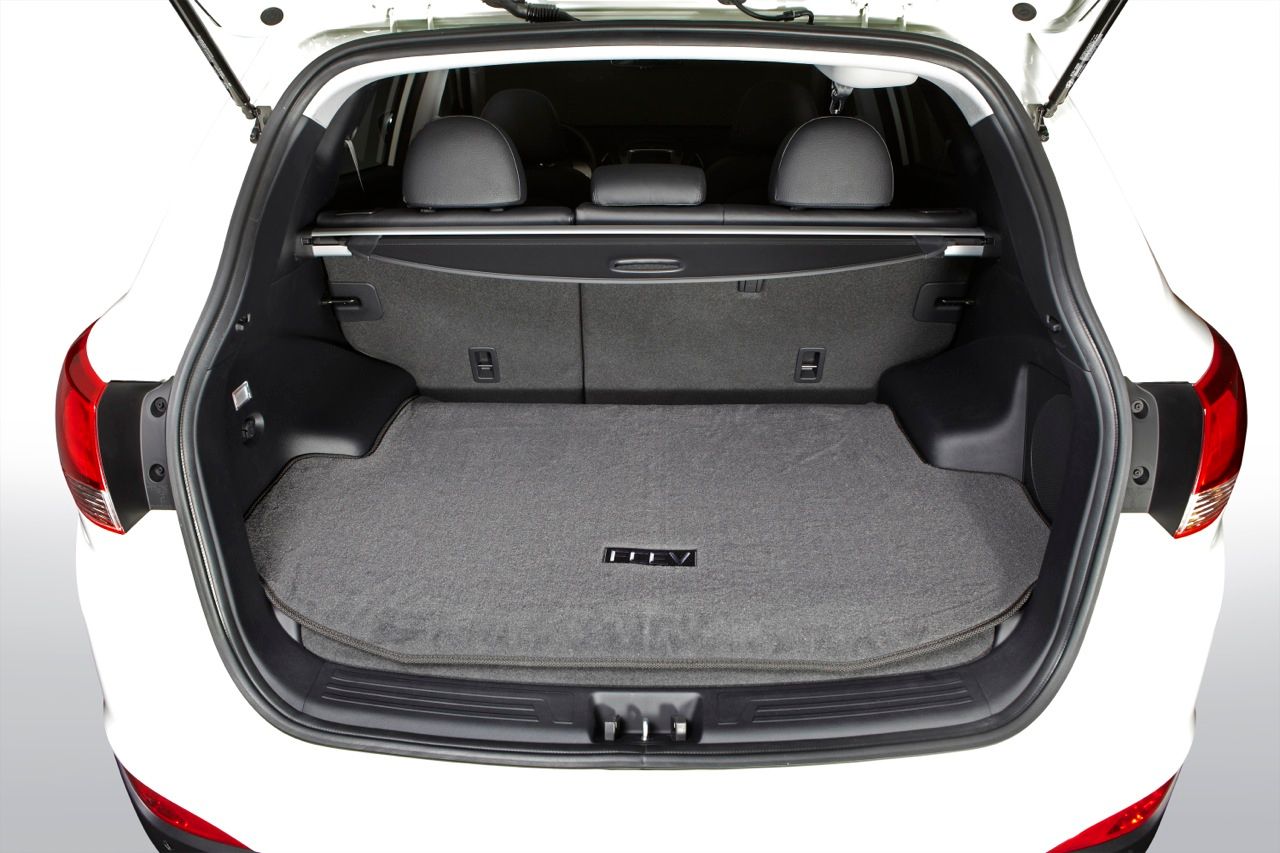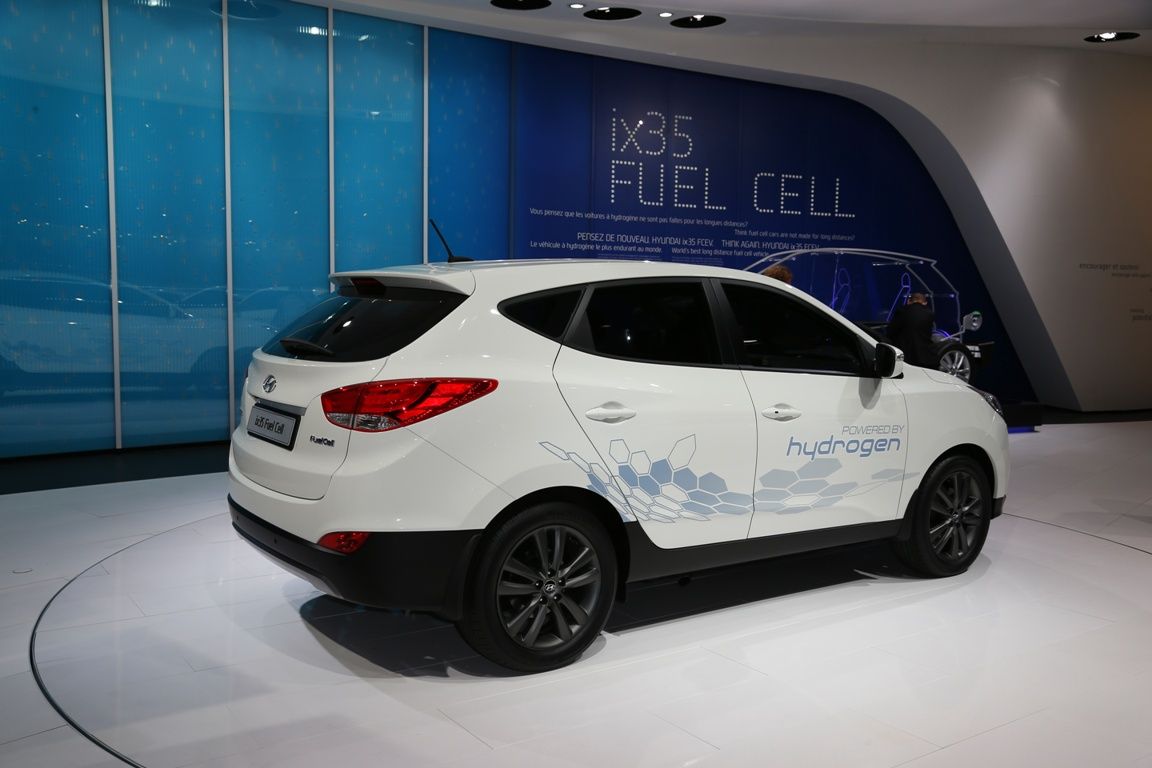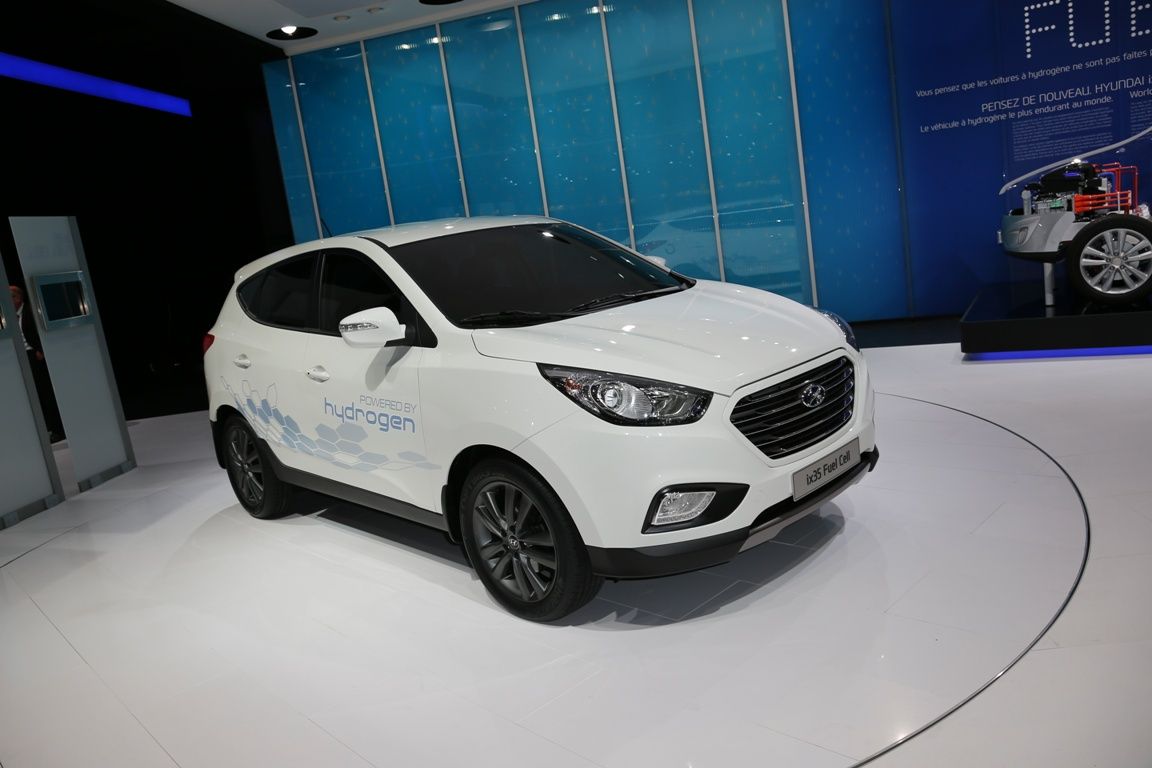All major car manufacturers have started to develop green technologies and whether we are talking about electric vehicles, hybrids or fuel cell technologies all of them are designed to increase efficiency.
Hyundai takes part to the green movement too, as at the 2012 Paris Auto show has announced its strategy to launch a new zero-emissions vehicle by the end of 2012.
The new model is based on the ix35 SUV and sales will begin in December 2012. The company plans to build the ix35 Fuel Cell in 10.000 units by 2015.
The advantage offered by the Fuel Cell system compared with a standard electric system is the increased autonomy, as the Hyundai Fuel Cell range is rated at 365 miles.
hyundai-ix35-fuel-cell
- Make: Array
- Model: hyundai-ix35-fuel-cell
2013 Hyundai ix35 Fuel Cell
- Make: Array
- Model: 2013 Hyundai ix35 Fuel Cell
- Torque: 221 @ 0
2013 BMW 3-Series Touring by AC Schnitzer
- Make: Array
- Model: 2013 BMW 3-Series Touring by AC Schnitzer
- Horsepower: 174 @ 4000
- Torque: 221 @ 0
- [do not use] Vehicle Model: Array
Design
While in the past, Hyundai had major problems in finding a signature design language, its new creations are received with open arms by the public and the ix35 is even considered one of the best looking SUV from the market. The tasty look of the car is created by a mix of dynamic lines which form an attractive representation of Hyundai’s latest “fluid” design language.
Overall the Hyundai ix35 Fuel Cell, keeps the same exterior design as its conventionally powered sibling. Though, the company added a few exterior upgrades which give it a unique character.
The most obvious modification is the redesigned front grille which now forms a single block together with the low air intake, offering a more imposing appearance. The new trapezoidal grille has also received a set of horizontal stripes and continues to wear the company’s logo in its center.
More subtle modifications were made to the fog lamps, but other than that, the rest of the body remained unchanged.
Interior
Step inside and you’ll notice that Hyundai’s engineers have spent a lot of time in trying to make the cabin as chiseled as the exterior design.
We especially like the curvy dashboard and the nicely integrated center stack which is flanked by two futuristic air intakes. There are also a lot of aluminium accents which further increase the upscale look of the cockpit.
Unfortunately this is only a well polished image as once you’ll make a closer inspection, a lot of cheap plastics will start to surface. At least, the knobs and buttons found in the center stack don’t feel flimsy and the build quality seems pretty solid as well.
Hyundai’s downsizing of its proprietary fuel cell stack enables the ix35 Fuel Cell to accommodate five passengers with comfort. This being said the cabin feels well put together and comfortable with enough head and leg-room to keep you satisfied.
You won’t have any complains about the front height adjustable bucket seats, as they provide ample amount of support for your back. To offer an even better driving position, the steering wheel can be adjusted for both reach and rake.
The rear passengers won't have too many complains either, as they are treated with an ample amount of both head- and legroom.
Compared to the fuel powered models, the ix35 Fuel Cell’s instrument cluster will receive a few upgrades to cope with the green nature of the vehicle, so you can expect to find various new indicators for the batteries and other useful vehicle stats.
Engines and Technology
The vehicle is powered by hydrogen which is converted by the fuel cells into electric power. Once it is produced, the electric power charges the Lithium Polymer battery which then powers the electric motor. The company says that the only difference between the ix35 Fuel Cell and the conventionally powered model is the absence of engine noise. And we tend to believe them, as the ix35 Fuel Cell can sprint from 0 to 60 mph in 12.5 seconds, which is a reasonable figure, being close to what you’ll usually find in the medium SUV class. Maximum speed is limited at only 100 mph, but the green SUV can travel 365 miles on a single charge which is pretty impressive.
Unlike other fuel cell vehicles that use compressed air to supply oxygen to the fuel cell stack, Hyundai’s ix35 Fuel Cell uses ambient air. Thanks to this feature the power consumption is reduced with 50 percent, because the parasitic loss in the oxygen supply is significantly reduced.
The SUV has also received a kinetic energy regeneration system which charges the batteries when you apply the brakes or drive downhill. Another fuel efficient technology is the stop/start system, which shuts down the fuel cell stack and relies on battery power only when the vehicle is idling.
Hyundai ix35 Fuell Cell Specifications
|
Length |
4,410 mm |
|
Width |
1,820 mm |
|
Height |
1,655 mm |
|
Driving range on one fill-up |
365 miles (588 km) |
|
Vehicle efficiency |
0.96 kgH2/100km |
|
Top speed |
160 km/h (100 mph) |
|
Acceleration, 0 to 100 km/h |
12.5 seconds |
|
Fuel cell output power |
100 kW |
|
Torque |
221 lb-ft |
|
Energy storage system Battery |
24 kW |
|
Fuel Hydrogen |
(700 bar, 5.6 kg) |
|
Exhaust gas |
Water vapour |
Verdict
As a daily commuter, the Hyundai ix35 Fuel Cell has enough strong points to please a modern driver. Fortunately, the use of Fuel Cell and Lithium Polymer packs didn’t affect the cabin’s space, so you’ll get the same comfort found in a standard ix35.
The electric motor looks also great on paper and the range offered by the Fuel Cell system is impressive. You probably won’t have any complains about the motor’s response either, as it offers decent acceleration figures and a reasonable top speed. In the end, the only question remained is related to the Price, which is possible to be slightly higher than a conventional ix35.


